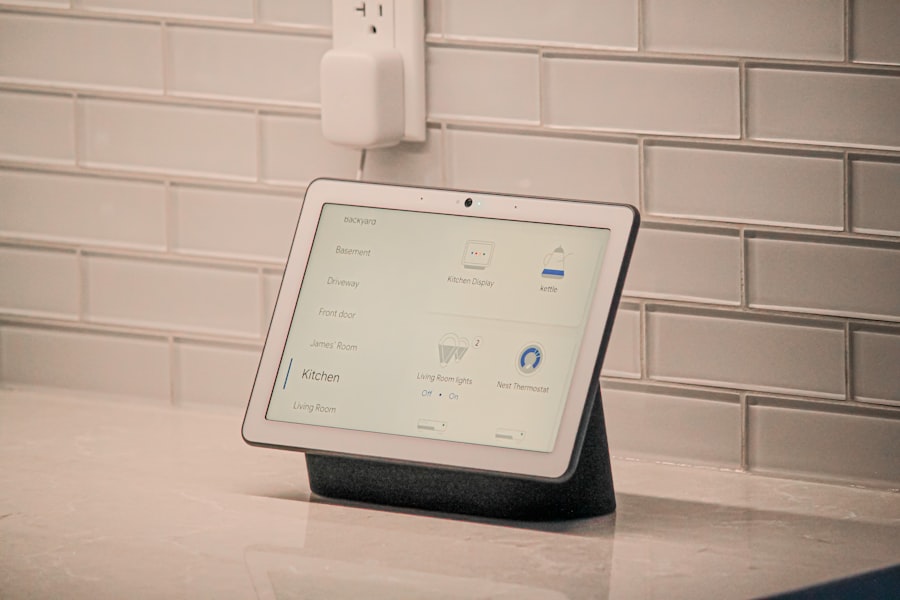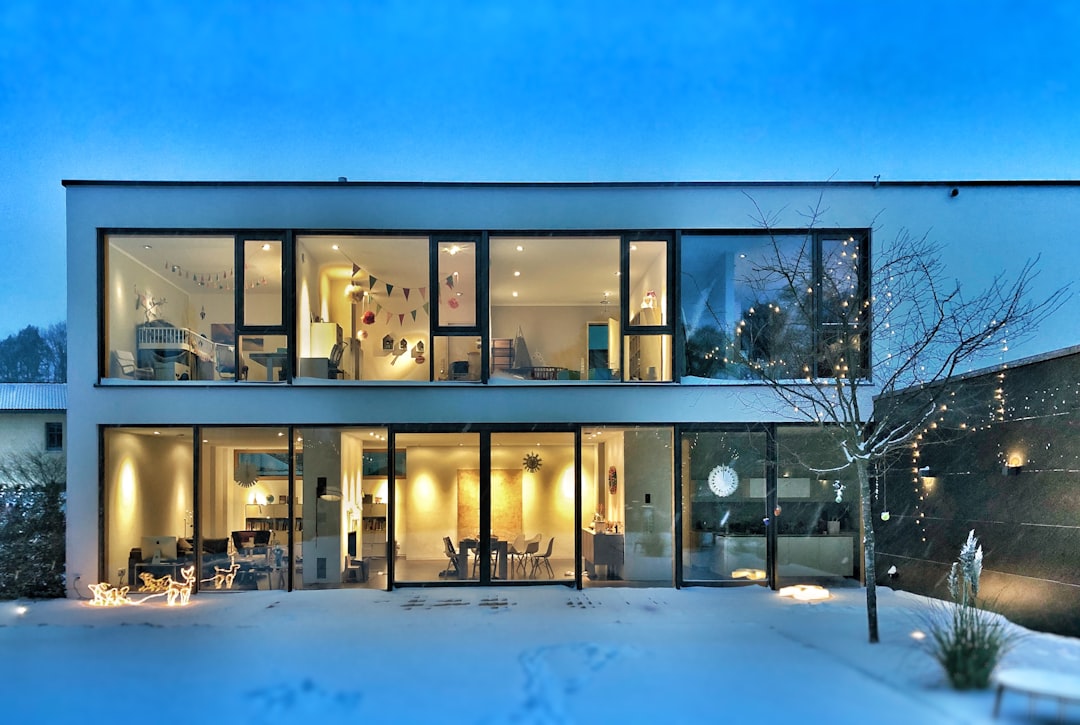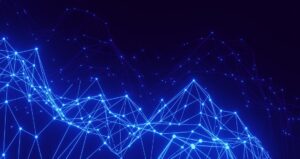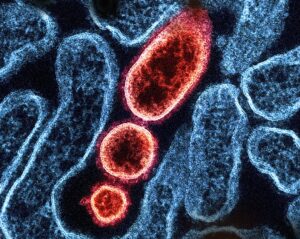The Internet of Things (IoT) represents a transformative shift in how devices communicate and interact with one another, fundamentally altering the landscape of technology and connectivity. At its core, IoT refers to the network of physical objects embedded with sensors, software, and other technologies that enable them to connect and exchange data with other devices and systems over the internet. This interconnectedness has far-reaching implications across various sectors, from healthcare to agriculture, and is reshaping our daily lives in ways that were once the realm of science fiction.
The impact of IoT on the world is profound, as it facilitates real-time data collection and analysis, leading to more informed decision-making processes. For instance, smart devices can monitor environmental conditions, track health metrics, or optimize energy consumption, thereby enhancing efficiency and productivity. The proliferation of IoT technologies is not merely a trend; it signifies a paradigm shift that promises to enhance operational efficiencies, improve quality of life, and foster sustainable practices across industries.
As we delve deeper into the various applications of IoT, it becomes evident that its potential is vast and largely untapped.
Key Takeaways
- IoT is revolutionizing industries and impacting the world by connecting devices and enabling data-driven decision making.
- IoT plays a crucial role in smart cities and urban development by improving efficiency, sustainability, and quality of life for residents.
- In healthcare, IoT is revolutionizing the industry by enabling remote patient monitoring, predictive maintenance, and personalized medicine.
- The future of transportation and logistics is being shaped by IoT, with advancements in autonomous vehicles, predictive maintenance, and efficient supply chain management.
- IoT has the potential to revolutionize agriculture and promote environmental sustainability through precision farming, smart irrigation, and environmental monitoring.
The Role of IoT in Smart Cities and Urban Development
Smart cities leverage IoT technologies to enhance urban living by improving infrastructure, transportation systems, and public services. By integrating sensors and data analytics into city planning, municipalities can monitor traffic patterns, manage waste collection, and optimize energy usage in real-time. For example, cities like Barcelona have implemented smart streetlights that adjust their brightness based on pedestrian activity, significantly reducing energy consumption while enhancing public safety.
This intelligent approach not only conserves resources but also contributes to a more sustainable urban environment. Moreover, IoT plays a crucial role in enhancing citizen engagement and participation in urban governance. Through mobile applications and online platforms, residents can report issues such as potholes or broken streetlights directly to city officials, fostering a sense of community involvement.
Additionally, data collected from various sources can inform city planners about residents’ needs and preferences, leading to more responsive and adaptive urban development strategies. As cities continue to grow and evolve, the integration of IoT technologies will be essential in creating resilient urban ecosystems that prioritize sustainability and quality of life.
IoT in Healthcare: Revolutionizing the Industry

The healthcare sector is undergoing a significant transformation due to the integration of IoT technologies, which are revolutionizing patient care and operational efficiency. Wearable devices such as smartwatches and fitness trackers enable individuals to monitor their health metrics continuously, providing valuable data that can be shared with healthcare providers. This shift towards remote patient monitoring allows for proactive management of chronic conditions, reducing hospital visits and improving patient outcomes.
For instance, diabetic patients can use continuous glucose monitors that send real-time data to their healthcare teams, enabling timely interventions when necessary. In addition to personal health monitoring, IoT is enhancing hospital operations through smart medical devices that streamline workflows and improve resource management.
Furthermore, IoT-enabled systems can monitor patient vitals remotely, alerting healthcare professionals to any anomalies that require immediate attention. This integration of technology not only enhances patient safety but also allows healthcare providers to allocate resources more effectively, ultimately leading to improved care delivery.
IoT and the Future of Transportation and Logistics
| Metrics | IoT and Transportation | IoT and Logistics |
|---|---|---|
| Efficiency | Real-time tracking of vehicles and traffic data | Optimized route planning and inventory management |
| Safety | Vehicle diagnostics and predictive maintenance | Monitoring of goods condition and temperature |
| Cost Reduction | Fuel consumption monitoring and optimization | Reduced labor costs and improved supply chain visibility |
| Customer Experience | Real-time delivery tracking and notifications | Improved order accuracy and on-time delivery |
The transportation and logistics sectors are experiencing a significant transformation driven by IoT technologies that enhance efficiency and safety. Connected vehicles equipped with sensors can communicate with each other and with infrastructure systems to optimize traffic flow and reduce congestion. For instance, smart traffic lights can adjust their timing based on real-time traffic conditions, minimizing delays for commuters.
This interconnectedness not only improves the overall driving experience but also contributes to reduced emissions by decreasing idle time on the road. In logistics, IoT plays a pivotal role in supply chain management by providing real-time visibility into inventory levels and shipment statuses. Companies can utilize GPS tracking devices to monitor the location of goods in transit, ensuring timely deliveries and minimizing losses due to theft or damage.
Additionally, smart sensors can monitor environmental conditions during transportation, such as temperature and humidity levels for perishable goods. This level of oversight allows businesses to maintain product quality while optimizing their operations for cost-effectiveness. As the demand for efficient logistics solutions continues to grow, the integration of IoT technologies will be crucial in shaping the future of transportation.
The Potential of IoT in Agriculture and Environmental Sustainability
Agriculture is another sector poised for transformation through the adoption of IoT technologies, which can significantly enhance productivity while promoting environmental sustainability. Precision agriculture utilizes IoT devices such as soil moisture sensors and weather stations to collect data that informs farming practices. Farmers can make data-driven decisions regarding irrigation schedules, fertilizer application, and pest control measures based on real-time insights.
For example, a farmer using soil moisture sensors can determine the optimal time for irrigation, conserving water resources while maximizing crop yields. Moreover, IoT technologies can contribute to environmental sustainability by enabling more efficient resource management.
Additionally, drones equipped with sensors can monitor crop health from above, identifying areas that require attention without the need for extensive manual labor. By harnessing the power of IoT in agriculture, farmers can not only increase their productivity but also contribute to sustainable practices that protect natural resources for future generations.
IoT and the Evolution of Smart Homes and Consumer Technology

The concept of smart homes has gained traction as IoT technologies become increasingly integrated into consumer products. Smart home devices such as thermostats, security cameras, and lighting systems allow homeowners to control their environments remotely through mobile applications or voice commands. For instance, smart thermostats can learn user preferences over time and adjust heating or cooling settings accordingly, leading to energy savings while maintaining comfort levels.
This level of automation not only enhances convenience but also promotes energy efficiency in residential settings. Furthermore, the evolution of consumer technology through IoT has led to the development of interconnected ecosystems where devices communicate seamlessly with one another. For example, a smart home security system can integrate with smart locks and cameras to provide comprehensive monitoring capabilities.
Homeowners can receive alerts on their smartphones if unusual activity is detected while being able to view live feeds from security cameras remotely. This interconnectedness enhances security measures while providing users with greater control over their living spaces. As technology continues to advance, the potential for innovation in smart homes remains vast.
The Challenges and Security Concerns of IoT
Despite its numerous benefits, the widespread adoption of IoT technologies raises significant challenges and security concerns that must be addressed. One major issue is the vulnerability of connected devices to cyberattacks. As more devices become interconnected, the potential attack surface increases exponentially.
Hackers may exploit weaknesses in device security protocols to gain unauthorized access to sensitive data or disrupt critical services. For instance, a breach in a smart home system could allow intruders to manipulate security settings or access personal information. Additionally, the sheer volume of data generated by IoT devices poses challenges related to data privacy and management.
Organizations must navigate complex regulations regarding data protection while ensuring that user information is handled responsibly. The lack of standardized security protocols across different devices further complicates efforts to safeguard against potential threats. As the IoT landscape continues to evolve, addressing these challenges will be crucial in building trust among consumers and ensuring the safe deployment of connected technologies.
The Future of IoT: Opportunities and Potential for Growth
Looking ahead, the future of IoT presents immense opportunities for growth across various sectors as technology continues to advance at an unprecedented pace. The proliferation of 5G networks will enhance connectivity capabilities, enabling faster data transmission and supporting a greater number of connected devices simultaneously. This advancement will facilitate the development of more sophisticated applications in areas such as autonomous vehicles, smart cities, and industrial automation.
Moreover, as artificial intelligence (AI) becomes increasingly integrated with IoT systems, the potential for innovation expands even further. AI algorithms can analyze vast amounts of data generated by IoT devices to identify patterns and make predictive analyses that drive smarter decision-making processes. For instance, predictive maintenance powered by AI can help organizations anticipate equipment failures before they occur, reducing downtime and maintenance costs.
As industries continue to embrace digital transformation through IoT technologies, collaboration among stakeholders will be essential in unlocking new possibilities for growth. Partnerships between technology providers, businesses, and governments will foster innovation while addressing challenges related to security and privacy. The future landscape of IoT holds great promise for enhancing efficiency, sustainability, and quality of life across the globe as we continue to explore its vast potential.
If you are interested in exploring the fascinating world of technology and its impact on our daily lives, you may want to check out an article on building a simple website. This article provides a step-by-step guide for beginners to create their own website, which is a crucial skill in today’s digital age. Just like the Internet of Things is revolutionizing the way we interact with technology, learning how to build a website can open up new opportunities for communication and connectivity.





















+ There are no comments
Add yours